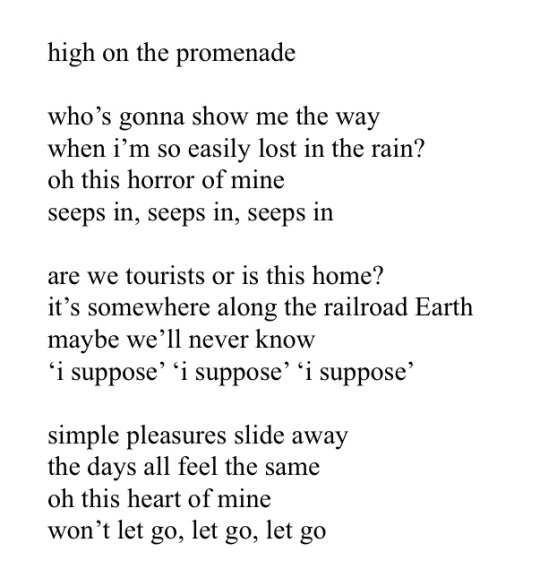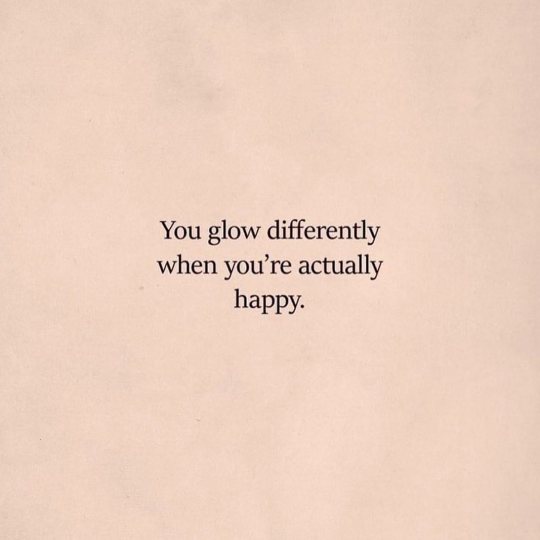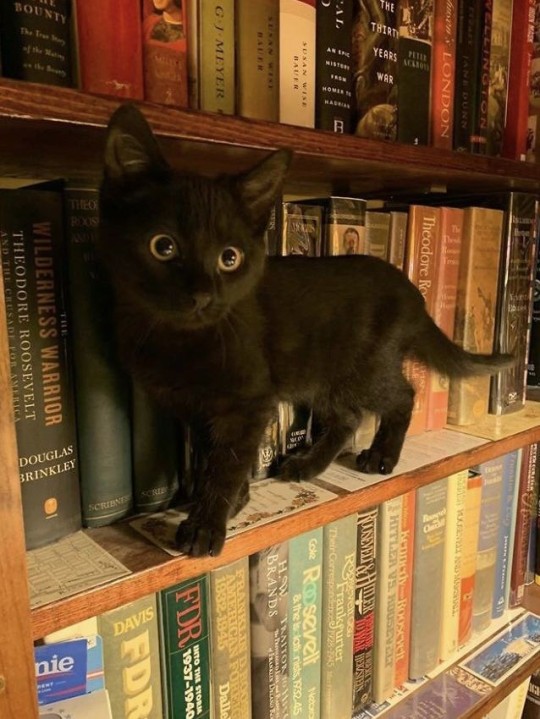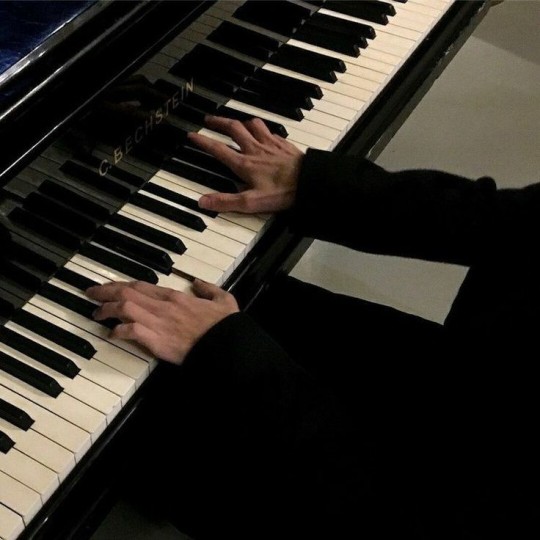Text
The “What-If” Writing Method
Sometimes when I’m writing, brain just....stops. No more ideas. No more words. Nothing. Sometimes, the solution to this problem is to simply take a break from writing and let your brain relax. Other times, though, you really are just at a block for ideas. This happened to me significantly more often than I would like, but thankfully, I’ve developed a solution that works well for me, and it’s uncreativly titled the “what-if” method.
Get a piece of paper and pen. Or a Google doc, or whatever works best for you.
Start brainstorming questions about your story, or possible “what-if” scenarios. (Ex: What if my character got framed for a crime they didn’t commit?)
Write down every single idea that comes to your head. Even if it doesn’t really work for your story. Even ones that deviate from your existing plot. Even the stupid ones. Especially the stupidest ones.
Cross out the ideas you don’t like, circle the ones that you do like.
Start coming up with answers for the questions you circled, or expand in the by coming up with more questions. (Ex: They would have to prove they didn’t commit the crime to regain their freedom. How do they prove it?)
Repeat until you have a full idea that you can work on/write with.
That’s it. That’s the whole strategy. I’ve used this a million times, and it’s gotten me out of a million cases of writers block, so hopefully it can work well for you too! Happy writing!
566 notes
·
View notes
Text
That strange feeling of longing when you are at a train station, in a 24/7 open market, when you are buying a coke from a vending machine, watching the city lights glow from your window, when you're walking aimlessly on a busy street after 5 pm, that feeling as if something is missing in your life and it will never come back although it was never there in the first place; that inexplicable urban sadness.
112K notes
·
View notes
Text
life is a waltz
holding love close
while twirling in rhythm
hands give time
fingers lock souls
as we study each other’s isms
eyes will watch
bodies must past
but we never see people
life is a wine
held in love’s best glass
time has placed her in great hands.
she poured herself
into this gown tonight
so the glass could hold love
I lift her up
I sip her slow
savoring her taste
as we dance all night long
“black dress”
32 notes
·
View notes
Text
Douglas Adams' note to self reveals author found writing torture
Note in which Hitchhiker’s writer reminds himself he will finally get pleasure from process to be part of book based on his archive
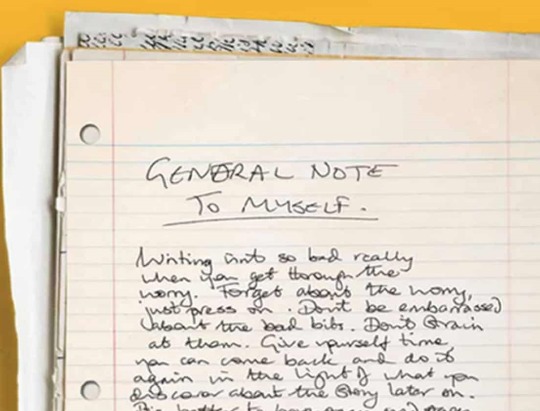
He was one of the most wildly imaginative writers of any generation but even for Douglas Adams writing could be a torturous process, requiring a “general note to myself” that he would finally get pleasure from it.
“Writing isn’t so bad really when you get through the worry. Forget about the worry, just press on. Don’t be embarrassed about the bad bits. Don’t strain at them,” The Hitchhiker’s Guide to the Galaxy author wrote to himself. “Writing can be good. You attack it, don’t let it attack you. You can get pleasure out of it. You can certainly do very well for yourself with it!”
The fascinating note will be in a book based on the abundant trove of unseen letters, scripts, jokes, poems, ideas, ID cards and to-do notes in the archive left by Adams after his death in 2001, aged 49.
READ MORE
595 notes
·
View notes
Text
If I could I would gather all of your bad days and toss them to the wind, plant flowers in each moment you doubted yourself and watch them grow into beautiful things. I’d carry your darkness with me to places where there is only light.
154 notes
·
View notes
Text


Source (couldn’t find the original post to reblog):

103K notes
·
View notes
Text
melancholy
sounds like a
flower’s name
that blooms at
the ocean’s edge
just as the
painful site of
sunset
fills the bloom
and disappears
slowly under the
coming darkness
and
lightest of rainfall
92 notes
·
View notes
Text
tbh the most exciting part of my day is when i finally go to bed at night and start creating imaginary scenarios in my head
397K notes
·
View notes
Text
My Mother’s Peonies
I’d hate the peonies at my mothers house
Barely watered, their flowers bloomed
So sickly
But so embarrassingly plentiful
I’d hate the colour of trodden pink mush
On the concrete driveway
Turning brown
All that effort to making flimsy flowers
And no one to pass it by
To sigh and feel wonder
63 notes
·
View notes
Text
Honey
Like a lack of oxygen in outer space
I'm choking on air
Like its toxic
And I'm watching everyone else
Breath it like honey
Wondering why my lungs
Don't feel so sweet anymore.
125 notes
·
View notes
Text
Describing Black Hair in Fantasy (Locs, Braided Styles, etc)
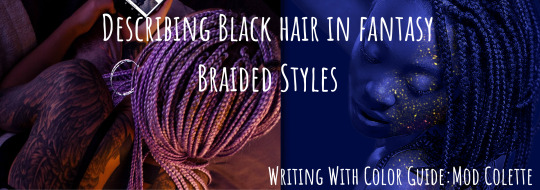
Image: Describing Black Hair in Fantasy, Braided Styles
How do you describe afro hairstyles in a world where the words don’t exist?
My advice for describing afro hairstyles effectively in fantasy is to:
Describe the style
Use words from the term in the description
Have someone read it; do they know what you’re describing?
Describe the style.
What does this hairstyle look like, exactly? What is a braid? What are dreadlocks? How do you braid, or how do you form this particular type of braid?
Look up existing descriptions of the term, and use language from the definition. Combine, reword and trim as necessary. There’s no need to be wordy. A well-constructed sentence or two should serve its purpose.
Great sources are everything from hair glossaries (especially those found on Black hair websites) natural hair vlogs, and even the thesaurus.
Here are some word associations to play with:
General Textures & Looks
Tight
Loose
Thick
Thin
Dense
Light
Heavy
Springy
Silky
Sheen
Porous
Afro Texture and Curls
Afro / Fro
Cloudy
Coils
Corkscrews
Crimped
Curly
Natural
Poufy
Ringlets
Spirals
Texturized
Wavy
Braids
Crossed
Folded
Interlaced
Layered
Looped
Plaits/Plaited
Rolled
Woven
These words can help be more specific with the look of their hair/hairstyle. Tight, tiny braids. Cloudy puffs of hair in twin pigtails.
Use words from the term itself in the description.
Readers should get an “aha” moment when you do this. Twisted hair probably mean twists. Bantu knots resemble knots.
Cornrows:
Cornrows get their name from rows of corn with connections to African chattel slavery. Say you have a character with this style, but those historical connotations don’t exist in this world , or corn isn’t something your character would know about. There are still ways to make the connection.
Example: “She wore her hair in neat rows of braids along her scalp.”
The key word here is rows.
Assuming you can use a part of a word that does exist in your timeline, use it for the strongest connection to its real world counterpart. See the next example:
Dreadlocks / Locs
Another Black hairstyle with history to its name, it may not make sense to use the term in your setting (and also, due to that history, “locs” is preferred term) However, you likely could still slip the word “lock or locked” into your description to clarify for readers what you’re getting at.
Example: “His skin was the same medium brown as her own and that of her people, but his hair was thick and coarse and pulled into the rough locks that looked like braids but weren’t, like the people to the south whose skin was darker.”
-By Shira Glassman, A Harvest of Ripe Figs, Mangoverse Book 3
What’s particularly great about this description is:
The use of locks or locked hair to make the connection to dreadlocks.
Connecting the hairstyle to a certain people. It isn’t just a style anyone can wear, but it has regional roots and is worn by a particular group.
Adding other indications of race such as brown skin, and the nod to him coming from a place where the people have dark skin.
Have someone read it.
Have more than one person read your description. It would be great if at least one of those people is Black (and/or familiar with the style). Does the reader know what you’re trying to describe? Are you being concise, or over explaining it to the point of confusion? If your readers can name the style or picture it relatively quickly, then you’ve got a winner.
More reading:
Words to Describe Hair
Describing Bantu Knots (Fantasy Setting)
Fantasy World and Non-Western Clothes
~Mod Colette
12K notes
·
View notes
Text
How to Write Fight Scenes

Almost every writer struggles with fight scenes in one way or another, even the experienced ones. There are more components to a fight scene than to any other scene, in my opinion.
A fight scene combines dialogue, action, pacing, and every single other element of writing into a deadly concoction that can be hell to write and even more hell to edit.
That’s why I’ve provided a helpful list of tips that you can use to make your fight scenes the best that they can possibly be!
1. If Your Fight Scene Doesn’t Take Place in a Hot Air Balloon, Then It Probably Should

Now, this is not in the literal sense.
Hear me out:
A fight scene in a field where the two armies/teams collide head-on? Boring. Overused. Underwhelming.
A fight scene in that same field with those same two armies but during an earthquake where the ground is opening up beneath them? New. Avant Garde. Keeps the reader on their toes.
It doesn’t literally have to take place in a hot air balloon; what I’m saying is that you should push the circumstances of the fight scene to make it new and interesting.
A personal example is when I had a fight scene that really just wasn’t working for me; it was dull, it dragged on, and it was a bitch to get past the writer’s block.
But then, instead of having the fight scene out in the open like how I’d originally intended it, I made a split-second decision to have it take place in a tunnel, and let me tell you, it was AWESOME.
The new setting made the battle a lot more visceral; it was tight and cramped, and the characters were tripping on bodies and slipping in blood as they were jostled around in a tight space.
Doesn’t that sound more interesting than fighting in an open field?
Having the surroundings inhibit or alter the fighting style is what can make a fight scene truly a masterpiece.
Even if your battle has to take place in an open field, you can add different elements like an earthquake, the enemies’ swords being on fire, or different battle strategies to make it super cool experience.
Here are some examples of well-set fight scenes where the surroundings are taken into account to make it all the more interesting:
Club Fight (John Wick, 2014)
Carnival Fight (Stranger Things, Season 3 Episode 7)
The Hound vs. Beric Dondarrion (Game of Thrones, Season 3 Episode 5)
Jason Bourne vs Desh Bouksani (The Bourne Ultimatum, 2007)
Clarice Starling vs Buffalo Bill (The Silence of the Lambs, 1991)
Church Fight (Kingsman: The Secret Service, 2014)
Staircase Fight (Atomic Blonde, 2017)
Kitchen Fight (Sleepless, 2017)
2. Brevity is the Soul of Wit (AKA, Keep Your Writing Simple)
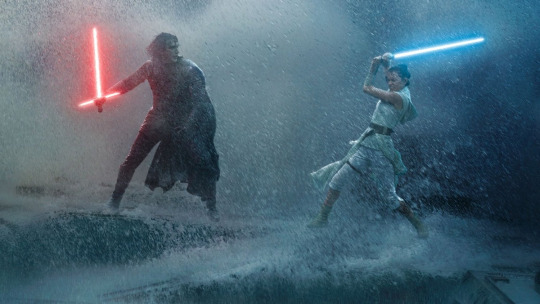
The way you write during a fight scene is a great way to keep a good pace.
Your readers should be on the edge of their seats, dying to know if their favorite characters are going to live or die; they don’t want to read big words like “indubitably” and “scintillating.”
Feel free to reference my post about writing pain here.
Your word choice should be gritty. It should reflect the desperation of the fight.
Don’t use long, winding sentences and flowy paragraphs for fight scenes.
Short sentence fragments.
Paragraphs that barely last a line.
Scattered, grammar-breaking clauses that put the reader in the same frantic state of mind as the characters.
(You see what I did there?)
Also, fight scenes are the major scene where the “show don’t tell” rule applies. If you only had a choice to follow that rule on one specific occasion, it should be during the fight scenes.
The readers should know how your characters are feeling just by their actions, not by you outwardly stating it.
Example:
The knife shredded the sleeve of her jacket, blood bursting forth and running down her arm. It surprised her at first and hurt like hell, but it didn’t take long for her to grow furious.
Vs.
The knife shredded the sleeve of her jacket, blood bursting forth and running down her arm. Her eyes widened as she clamped her hand over the wound, but as she watched the blood trickling through her fingers, her expression contorted into something monstrous.
See how much better the second one sounds? You can tell exactly what this character is feeling even though I didn’t explicitly tell you.
Something else that also helps fight scenes is literary devices.
Similes. Metaphors. Onomatopoeias. Hyperboles.
If you use these (sparingly, mind you!) it can really give your fight scene that kick that you’ve always wanted it to have.
Examples:
She rose to her feet as blood streamed down her body in a torrent, her eyes blazing like a thousand suns.
He turned to regard his opponent with clenched fists and a smile like razors.
She fought like a wolf trapped in the confines of a human skin.
The buildings crumbled as if made from silk and twine rather than metal and stone.
Be careful not to overuse them, though! If every other line has a literary device, it loses its punch!
3. Your Characters Shouldn’t Be Invincible

You shouldn’t be giving your characters the “invincible plot armor” treatment.
While all of the unnamed lackeys get swamped by the “unimaginable power” of the enemy, they shouldn’t be coming at your main characters any slower than they come at everyone else.
Your main characters should be having the shit kicked out of them.
There should be something about the fight that makes the readers think, “Wait a minute, they might not survive this.”
For example, let’s take Character A. Character A is strong, fast, and well-trained. The perfect soldier. He can hold his own in a fight.
However, what if his dominant hand is injured? How will he compensate for the injury?
The point of a battle is saying “On what circumstances will my characters be able to win” and then pushing it just a bit further into the grey area between “decisive victory” and “devastating defeat.”
A character who relies on speed getting their leg injured.
An expert cavalryman whose horse falls halfway through the battle.
A flying character grounded by a wing injury.
A magical character running out of potions and spells.
You want to push your character to their physical limits, take them out of their comfort zone and plop them right into the thick of it.
Only then will your fight really build tension, and tension is what every battle needs in order for the readers to not feel like their time has been wasted; if they know the characters are just going to win, then what’s the point?
Here are some fight scenes that do a good job of not knowing if the main characters are going to win:
The Battle of the Bastards (Game of Thrones, Season 6 Episode 9)
The Battle of Winterfell (Game of Thrones, Season 8 Episode 3) (Although the characters have undeniable plot armor, you don’t know if the battle itself is going to be won or not)
The Final Battle (Twilight: Breaking Dawn Part 2, 2012)
T’Challa vs Killmonger (Black Panther, 2018)
4. Study Other Fight Scenes

Whether they be in books, TV shows, or movies, a bit of research never hurts! (Which is why I’ve been putting recommendations throughout this post)
Watching fight scenes helps you get an idea of what you should describe, and reading fight scenes gives you an idea of how to describe it.
Besides, it’s a pretty fun kind of research, too!
Thanks for reading, I hope this helped!
6K notes
·
View notes
